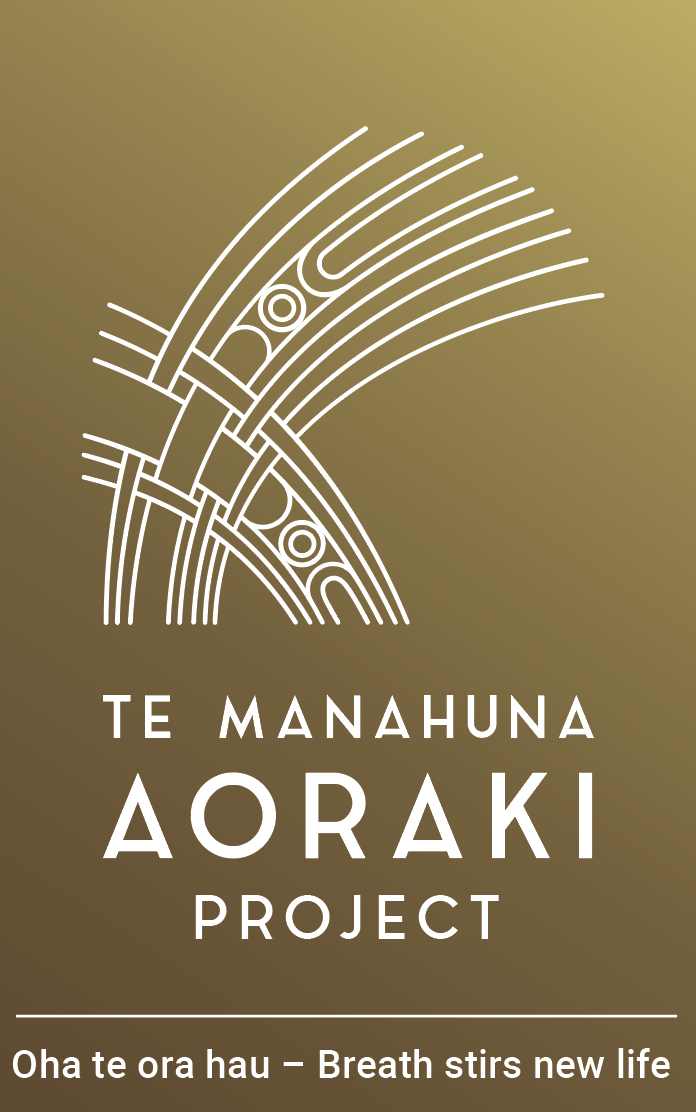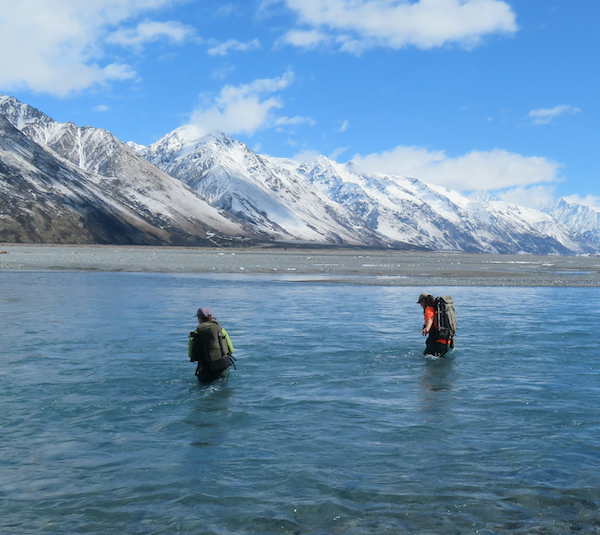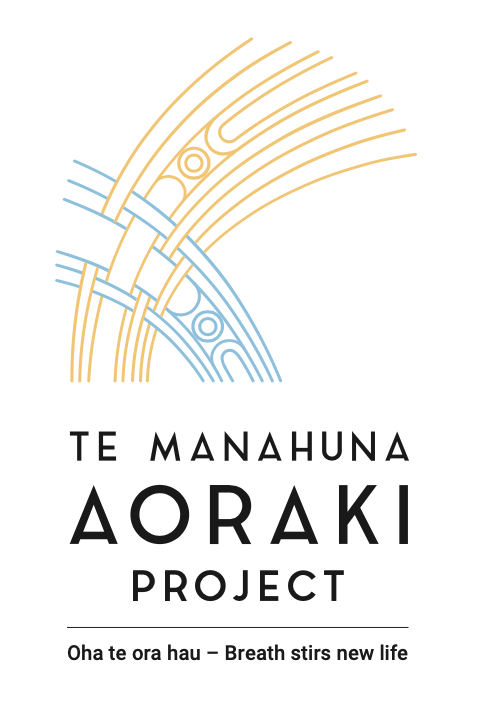When you work closely studying the behaviours of only a couple of hundred endangered birds you get to know them pretty well.
DOC’s Kakī Recovery Programme team leader Claudia Mischler has worked with kakī for five years and the long legged stilts still fascinate her. “I’ve watched a lot of birds and kakī still make me laugh. They each have little personalities and idosyncracies which are fascinating, and hilarious to watch.”
Claudia previously worked with seabirds on islands around the world. Once in NZ, she started working on braided rivers focusing on species such as black-billed gulls and black-fronted terns. Like kakī, she now spends a lot of time on braided rivers – an environment she says is teeming with life. “It’s fascinating how much life is out there. From a distance it’s just gravel and a bit of water but when you get out there it’s a really busy place – birds, creepy crawlers, small plants growing, native fish”.
Claudia’s year follows the breeding cycle of the kakī. She starts heading out into the landscape in August to see where the pairs are setting up. That coincides with the time sub-adult kakī are released back into the wild so she helps with supplementary feeding as well. The first clutches usually appear in late September and October. Claudia is joined by two other rangers in the height of the season which peaks in November with a few stragglers still laying into December and January.
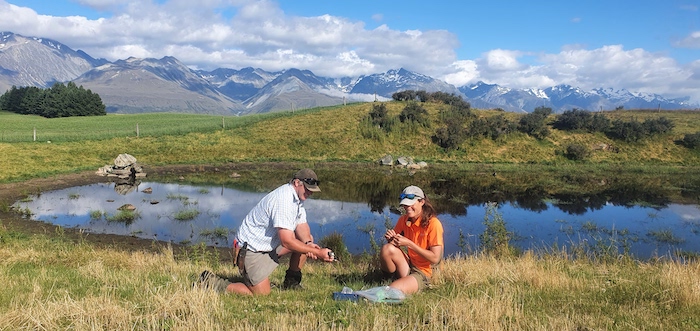
During breeding season the rangers get a good feel for how the breeding season is going. They see all sorts, kakī usually stick with a partner for the whole season but last year the rangers noticed a bit of partner swapping. One pair had five clutches in the wild, with a record 19 eggs laid.
By February and March the focus goes on trying to get an accurate picture of the kakī population. Currently there are 143 adult kakī in the wild so it remains a critically endangered species. 150 sub-adult kakī were released in 2021 and another 163 in 2022 but they won’t be counted as part of the wild population until they reach adulthood at two years of age.
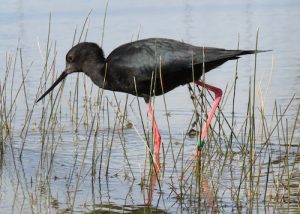 In 1981, the wild population was reduced to only 23 birds so the Kakī Recovery Programme and others, have brought kakī back from the brink of extinction. Te Manahuna Aoraki Project has also extended predator control across 80% of the kakī range to give them a fighting chance. Project partner, Re:Wild (formally Global Wildlife Conservation), has also funded an aviary and brooder to help boost the kakī population.
In 1981, the wild population was reduced to only 23 birds so the Kakī Recovery Programme and others, have brought kakī back from the brink of extinction. Te Manahuna Aoraki Project has also extended predator control across 80% of the kakī range to give them a fighting chance. Project partner, Re:Wild (formally Global Wildlife Conservation), has also funded an aviary and brooder to help boost the kakī population.
Throw in some island seabird work, data entry, analysis and time off and it is a pretty busy year for those involved in kakī recovery. Claudia is just one of a team of around seven (four permanent and three seasonal) helping with kakī recovery at DOC – others are involved in caring for the birds in the brooders and aviaries. Watch the video about the Kakī Recovery Programme teams work below.
Cover photo Ben Pigott. Kakī Liz Brown
